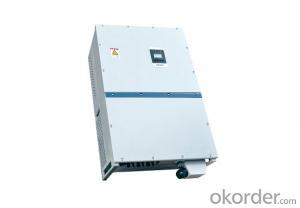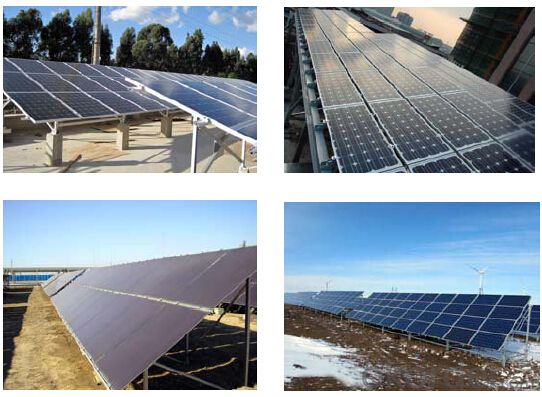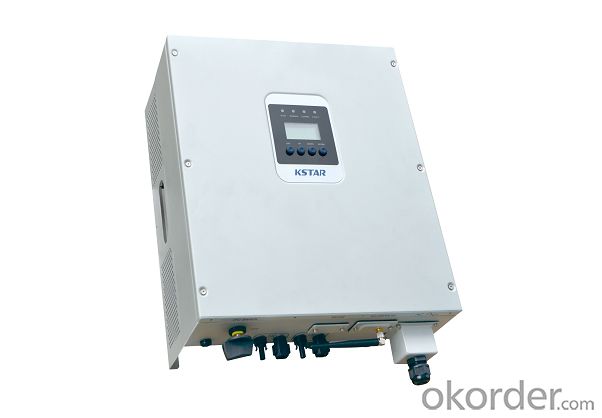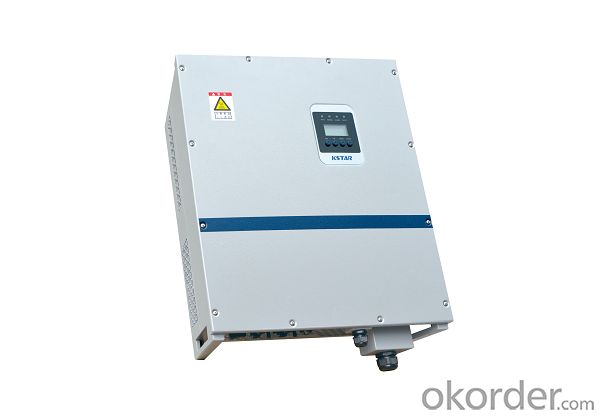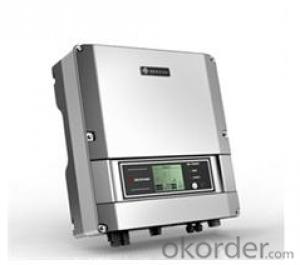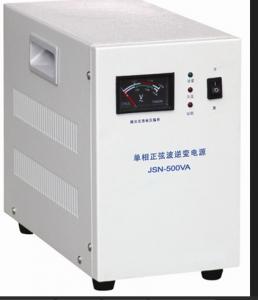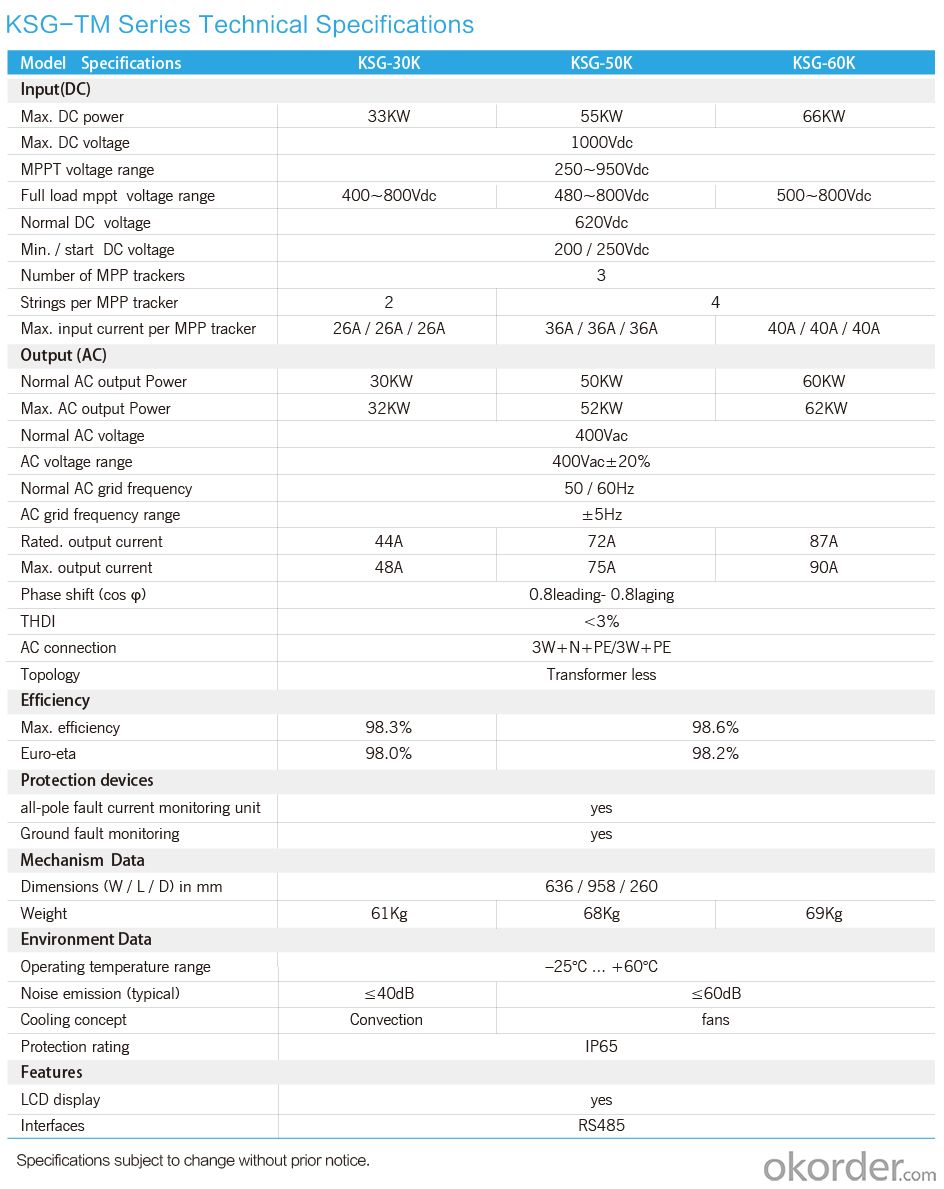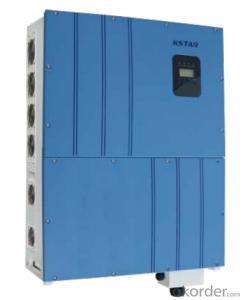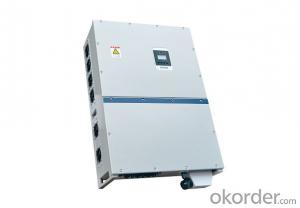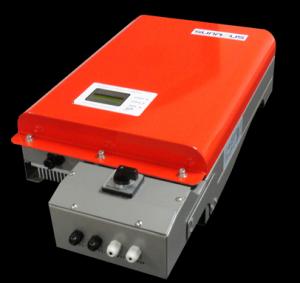Tesla Solar Inverter Price - String Grid-Tied PV Inverter 30KW / 50KW / 60KW
- Loading Port:
- Guangzhou
- Payment Terms:
- TT OR LC
- Min Order Qty:
- 10 unit
- Supply Capability:
- 10000 unit/month
OKorder Service Pledge
OKorder Financial Service
You Might Also Like
String Grid-Tied PV Inverter 30KW / 50KW / 60KW
Product features
· Max PV Voltage up to 1000V
· Three MPPT
· High efficiency up to 98.6%
· IP65 protection
· Easy installation
· Reactive power controller
· Digital controller
Product Parameter
Q 1. what's the payment term?
A. We accept TT,30% deposit and 70% balance agaisnt copy of BL
Q 2. how's the delivery time ?
A. usually it will take about 25 days for production
Q 3. tell me the standard of package?
A. For the small capacity, it use carton, but for big capacity, we will use strong wooden case for protection.
Q 4. what kind of material of transformer?
A. we have two types, one 100% copper and the other is copper with aluminum.It depends on your requirment. In fact,those two have no difference if normal work well. Only except the longlife. Copper is better and also higer price.
Q 5.Could you offer Form A or C/O ?
A. It totally not a problem. We can prepare relative documents to forgin affairs office or other office to apply for this certificate.

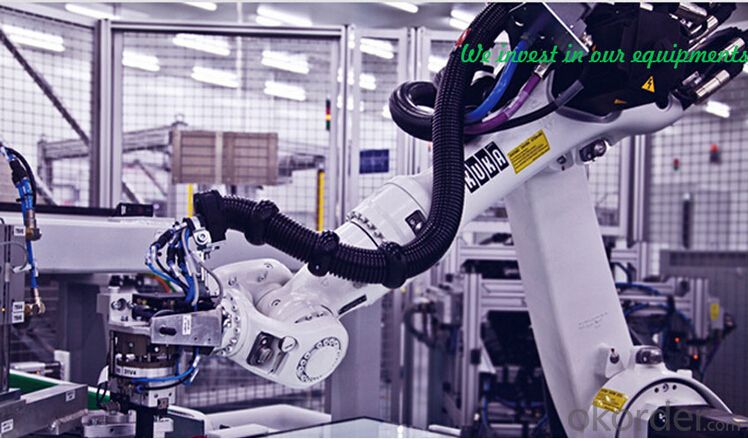
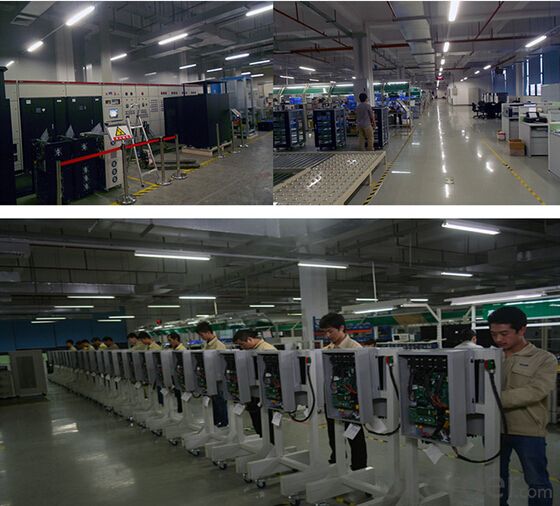
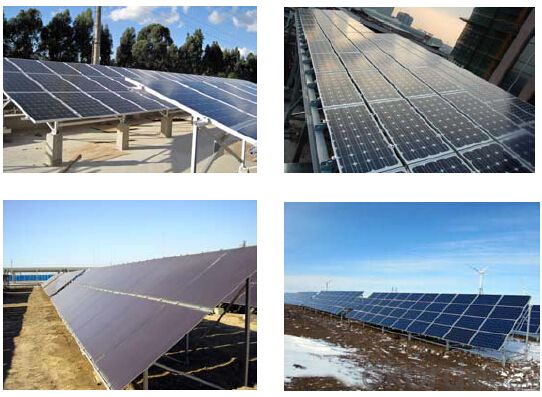

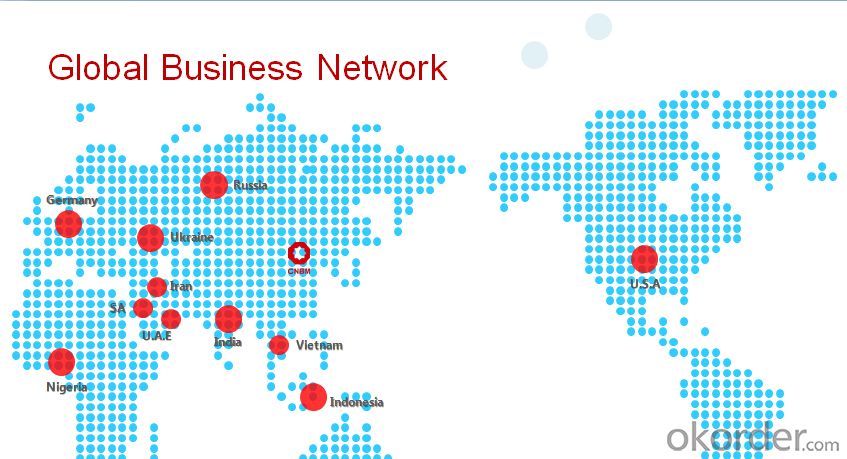
- Q: Can a solar inverter be used in regions with high levels of lightning activity?
- Yes, a solar inverter can be used in regions with high levels of lightning activity. However, it is important to ensure that the solar inverter is properly installed and equipped with surge protection devices to mitigate the risks associated with lightning strikes. Additionally, regular maintenance and inspections should be carried out to ensure the safety and functionality of the solar inverter in such regions.
- Q: How does a solar inverter impact the payback period of a solar system?
- A solar inverter plays a crucial role in the payback period of a solar system. It converts the direct current (DC) electricity generated by solar panels into alternating current (AC) electricity that is usable for homes or businesses. A high-quality solar inverter ensures maximum energy efficiency, allowing the solar system to generate and utilize more electricity effectively. By optimizing energy production, a solar inverter can significantly reduce the payback period of a solar system, allowing users to recoup their initial investment and start saving on electricity bills more quickly.
- Q: Photovoltaic grid-connected inverter without DC emc how will happen
- When solar or other light illuminates the PN junction of the semiconductor, a voltage (called a photogenerated voltage) occurs on both sides of the PN junction. This phenomenon is the famous photovoltaic effect.
- Q: What is the role of a data logger in a solar inverter?
- The role of a data logger in a solar inverter is to collect and store data related to the performance and operation of the solar panels and the inverter. It records important information such as the amount of energy produced, the voltage and current levels, as well as any faults or errors that may occur. This data is then used for analysis, monitoring, and troubleshooting purposes, allowing users to optimize the performance and efficiency of their solar energy system.
- Q: What is the operating temperature range of a solar inverter?
- The operating temperature range of a solar inverter typically falls between -20°C to 50°C (-4°F to 122°F), although this can vary depending on the specific model and manufacturer.
- Q: How does a solar inverter interact with the electrical grid?
- A solar inverter interacts with the electrical grid by converting the direct current (DC) electricity generated by solar panels into alternating current (AC) electricity, which is the standard form of electricity used in the grid. It synchronizes the AC electricity produced by the solar panels with the grid's frequency and voltage, allowing the excess energy to be fed back into the grid. The solar inverter also ensures that the energy produced by the solar panels is safely integrated with the grid, adhering to the grid's regulations and requirements.
- Q: Can a solar inverter be used in a solar-powered electric vehicle charging station?
- Yes, a solar inverter can be used in a solar-powered electric vehicle charging station. A solar inverter is responsible for converting the Direct Current (DC) generated by solar panels into Alternating Current (AC) that can be used to charge electric vehicles. Therefore, it is an essential component in a solar-powered EV charging station, allowing the electricity generated from solar panels to be compatible with the charging needs of electric vehicles.
- Q: Can a solar inverter be used with solar-powered telecommunications systems?
- Yes, a solar inverter can be used with solar-powered telecommunications systems. A solar inverter is an essential component in converting the direct current (DC) power generated by solar panels into alternating current (AC) power, which is compatible with telecommunications equipment. This enables solar-powered telecommunications systems to operate efficiently and effectively.
- Q: Are there any noise or vibration concerns associated with solar inverters?
- Yes, there can be noise and vibration concerns associated with solar inverters, although they are generally minimal. Some older or lower-quality inverters may produce a humming or buzzing sound, especially when operating at high power levels. Vibrations can also occur due to the internal components and fans. However, modern inverters are designed to minimize noise and vibrations, and most people find them to be quiet and unobtrusive.
- Q: Can a solar inverter be used with energy storage systems?
- Yes, a solar inverter can be used with energy storage systems. In fact, integrating an energy storage system with a solar inverter allows for the efficient utilization and management of solar-generated electricity. The inverter not only converts the DC power from the solar panels into AC power but also controls the charging and discharging of the energy storage system, ensuring optimal usage of stored energy.
Send your message to us
Tesla Solar Inverter Price - String Grid-Tied PV Inverter 30KW / 50KW / 60KW
- Loading Port:
- Guangzhou
- Payment Terms:
- TT OR LC
- Min Order Qty:
- 10 unit
- Supply Capability:
- 10000 unit/month
OKorder Service Pledge
OKorder Financial Service
Similar products
Hot products
Hot Searches
Related keywords
